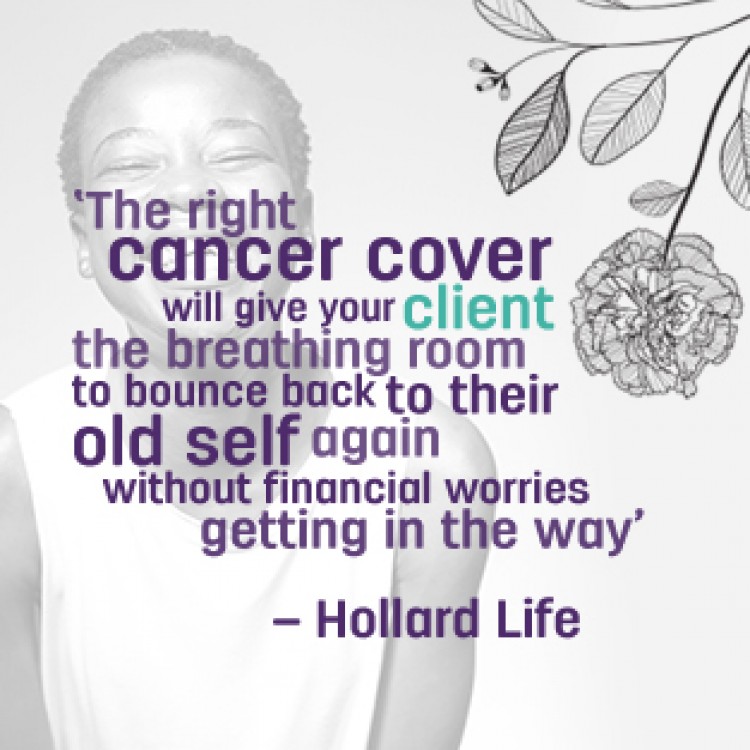 Source: Is your client prepared for cancer’s hefty price tag?
Source: Is your client prepared for cancer’s hefty price tag?
National Health Laboratory Service statistics predict that breast cancer will affect one in 29 South African women in their lifetime. This figure is even scarier in urban communities, where the number is as high as one in eight.
October is Breast Cancer Awareness Month, and there’s never been a better time to ask your clients this question: will you be financially, physically and emotionally secure if you are diagnosed with cancer?
Hayley Taylor, head of underwriting at Hollard Life, warns that cancer often has no telltale signs in its early stages. Hollard hopes to encourage early detection with its #CheckYourGirls campaign.
The good news is that with early detection and treatment, an increasing number of people are beating cancer and surviving. “It’s one of the reasons why there is such an emphasis on pre-emptive screening and routine health checks,” says Hayley.
The bad news is that conquering cancer is a pricey exercise. “Beating cancer comes at a huge cost – emotionally, physically and, most definitely, financially,” she says. “You need a solid financial plan that goes beyond medical aid to protect your income while allowing you to prepare for any lifestyle changes, and to afford the best possible treatment.”
So, what does cancer treatment cost?
Quite simply, the cost of cancer treatment can be enormous, and having only medical aid won’t cut it. Depending on the type of cancer and treatment, medical care could range from a few thousand rands to R800 000 per patient.
Many medical schemes place limits on oncology benefits and exclude expensive, advanced treatments such as biological therapy. This means that a lot of people who are diagnosed with cancer suddenly find themselves having to self-fund some of their treatment, not to mention other unexpected recovery costs.
Can your client afford to do this? For most of them, the answer is no.
“The cost of rehabilitation during remission goes far beyond medical treatment. There’s also the loss of income while you’re unable to work, shortfalls between medical aid rates and specialist fees, as well as any lifestyle changes you need to make as a result,” says Hayley.
“For example, what happens when you've reached the limit of your medical aid’s oncology benefits, but you need further treatment?”
Your client needs a plan. Like, yesterday
Many people wrongly assume critical illness and disability cover are replacements for medical aid. The truth is, that a well-structured healthcare portfolio includes traditional medical aid as well as critical illness, disability and income protection benefits, and gap cover. It takes an experienced eye to get this balance right – and that’s where you come in.
Being diagnosed with a serious illness such as cancer can knock your clients off their feet – and knock their finances at the same time. But there is hope.
Providing them with a good financial plan ensures they can afford their preferred treatment, the best technology available and the optimum post-treatment options. They will also be in a position to sustain their standard of living, even if they are unable to earn an income. It all starts by having a conversation with your client – so have that talk today.
Speak to your clients about comprehensive cancer cover that gives them complete cover from stage 0 to stage 4 cancer, which means that they can focus on bouncing back while you look after the rest.
Are you following us on Twitter and LinkedIn for real-time updates?